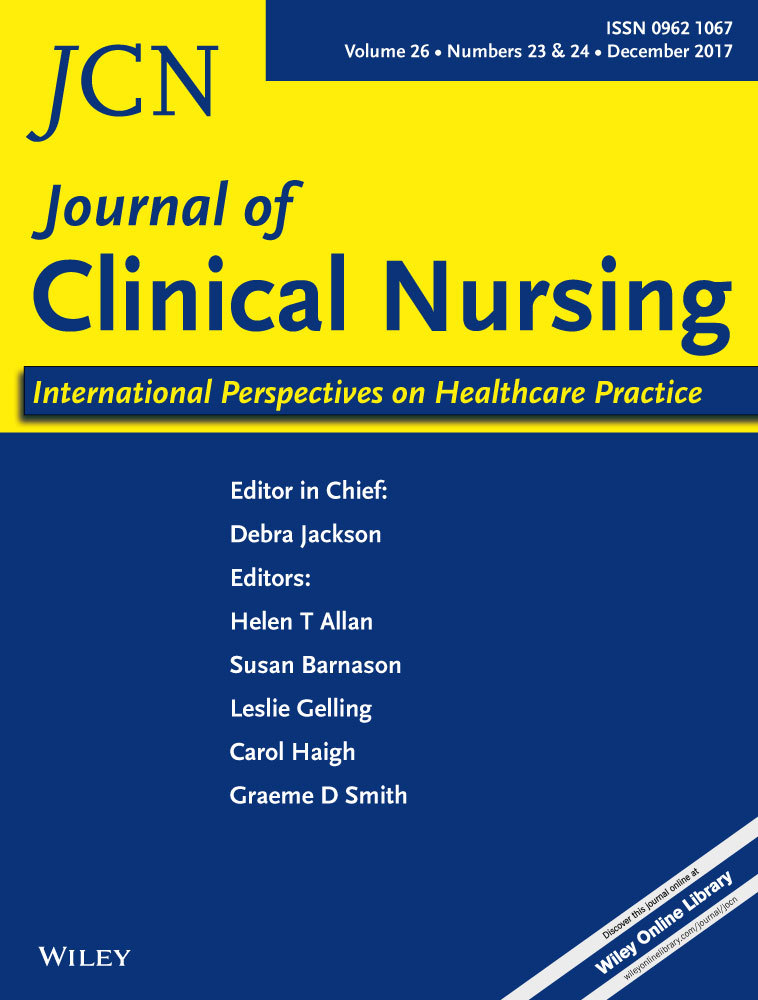Falls, a fear of falling and related factors in older adults with complex chronic disease
Abstract
Aims and objectives
To identify factors influencing falls and the fear of falling among older adults with chronic diseases in Korea.
Background
The fear of falling and falls in older adults are significant health problems towards which healthcare providers should direct their attention. Further investigation is needed to improve nursing practice specifically decreasing risk of falls and the fear of falling in Korea.
Design
Descriptive, cross-sectional survey.
Methods
A convenience sample of 108 patients was recruited at the geriatric outpatient department of a tertiary hospital in Seoul, Korea. Demographic characteristics, comorbidities, medication use, fall history, level of physical activity, activities of daily living, mobility, muscle strength, and a fear of falling were investigated. Student's t tests, chi-square tests and multiple linear regressions were used in statistical analysis.
Results
Thirty-six participants (33.3%) among 108 subjects reported experiencing ≥1 falls in the past year. Marital status and the use of antipsychotics were associated with falls, while other factors were not significantly related to falls. Only benign prostatic hypertrophy and polypharmacy were significantly related to the fear of falling in the analysis of the relationships between chronic disease, medication use and fear of falling. In the regression model, the number of comorbidities, level of physical activity, activities of daily living and mobility were predictors of a fear of falling. Medication use was marginally significant, in the model.
Conclusion
Increasing physical activity, functional fitness and physical independence is important to decrease the fear of falling, and to encourage active and healthy lives in older adults.
Relevance to clinical practice
The findings from this study provide evidence for the development of nursing interventions for older adults. We recommend early screening for a fear of falling and nursing interventions to decrease the fear of falling through enhancing physical activity level and function.




